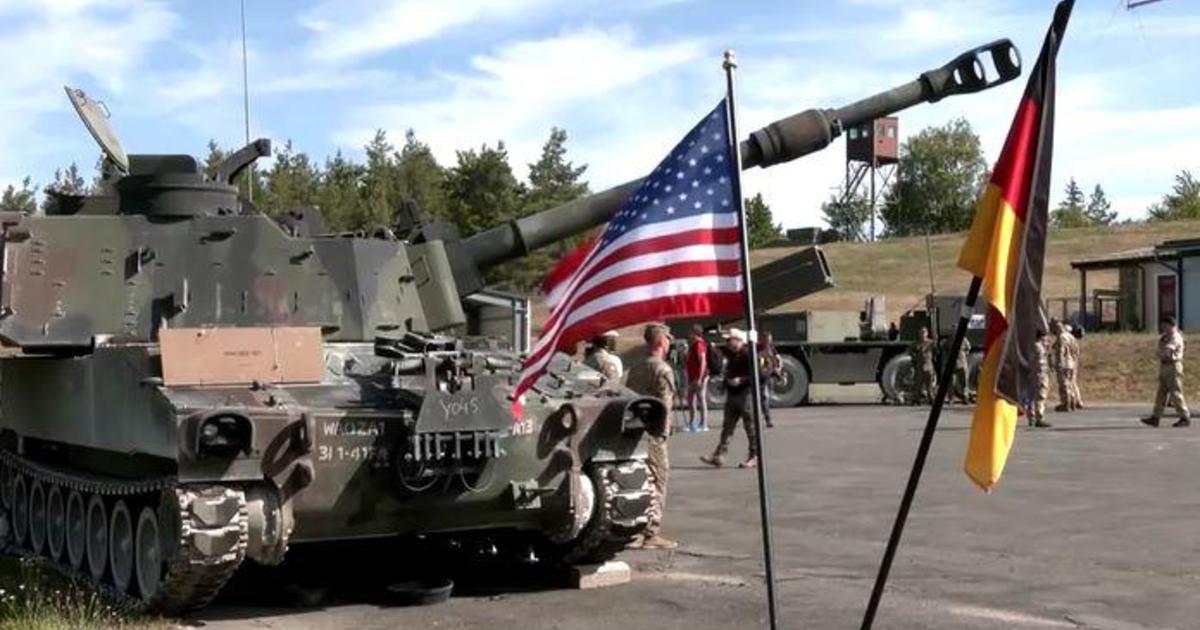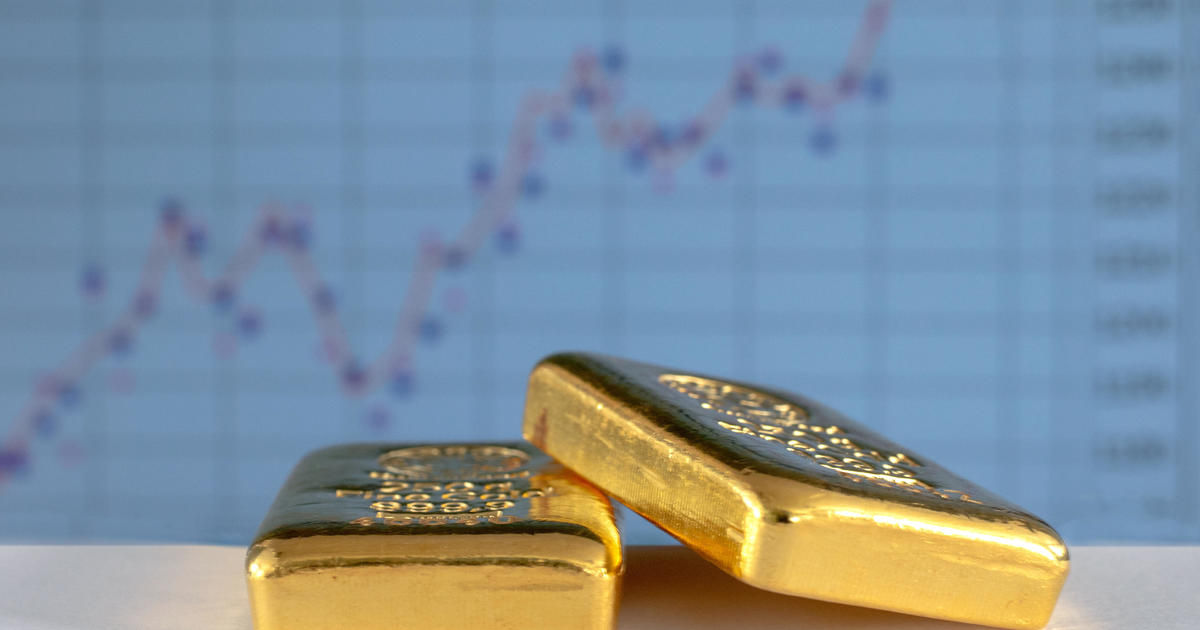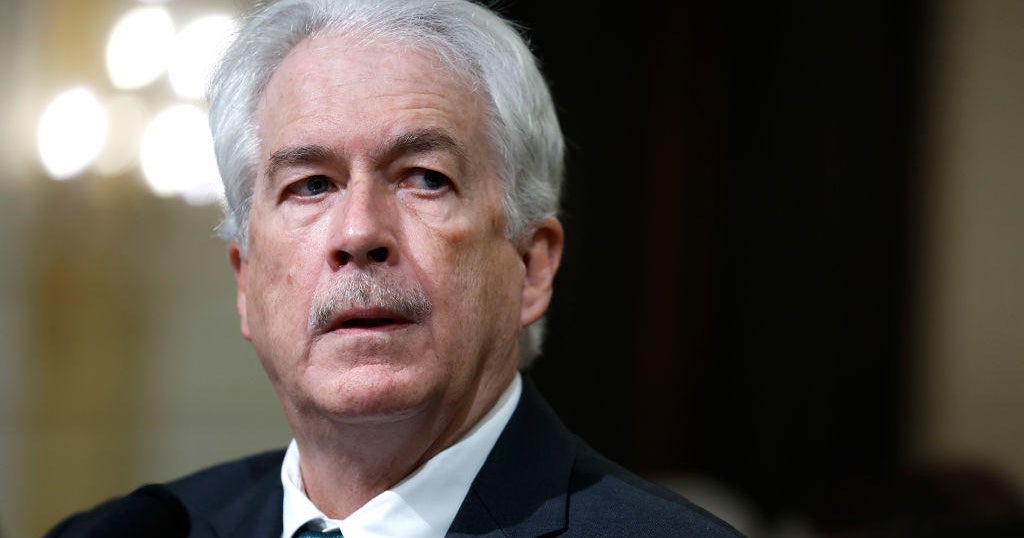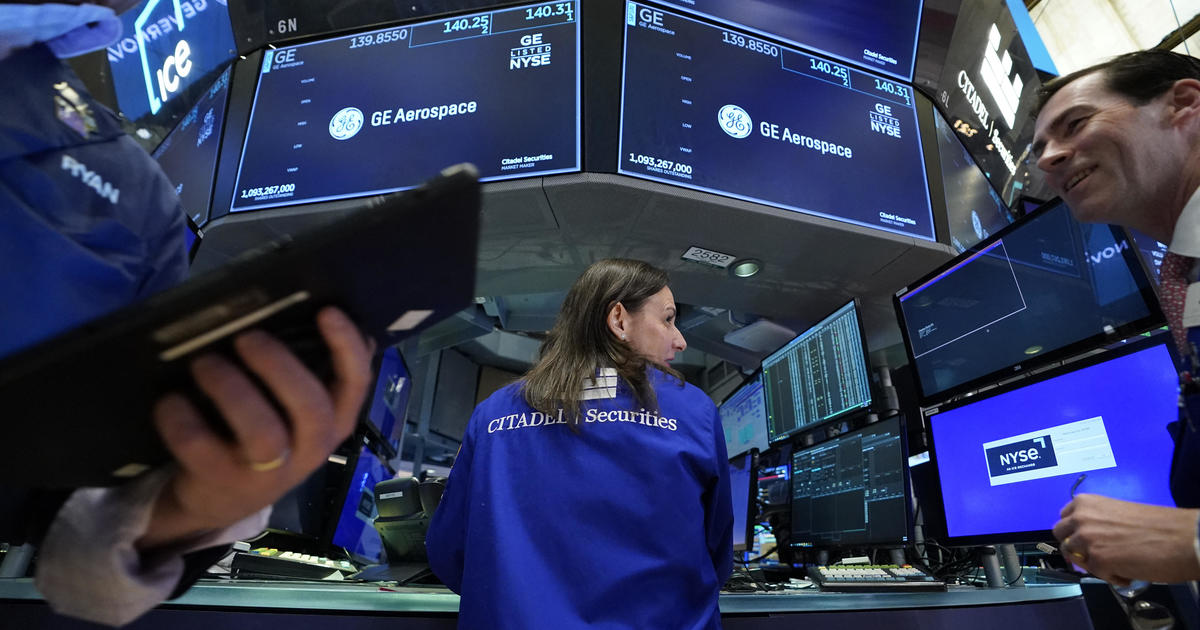Stocks fall as threat of Russian invasion of Ukraine continues to build
Stocks fell on Thursday as investors continue to await moves by the Federal Reserve to curb inflation and as tensions mount in Ukraine as Russian forces tighten around its borders in preparation for an invasion.
The S&P 500 index over 2% to 3,380.26 and the Dow 1.8% to 34,312.03 points. The tech-heavy Nasdaq Composite plunged nearly 2.9%.
Markets are unsettled by worsening tensions in Ukraine, with President Biden urging Americans in the country to leave before hostilities start.
The president on Thursday said that Russia was "moving toward an imminent invasion" of Ukraine. The yield on the 10-year Treasury note fell to 1.99%. Crude oil prices fell. But Walmart rose 4% after reporting strong results.
Wall Street closed with mixed results Wednesday after notes from the latest Fed meeting showed officials suggested a faster pace of interest rate hikes "would likely be warranted" in 2022.
However, the minutes "showed a lack of clear commitments on the size of rate hikes and balance sheet reduction," Yeap Jun Rong of IG said in a report. That suggests the Fed's attitude might be "less hawkish than previously thought."
Investors are trying to determine how soon the Fed and other central banks will withdraw economic stimulus to cool inflation that's spiked to a 40-year high.
According to the Fed's notes, officials agreed at their January meeting that faster rate hikes would be needed "if inflation does not move down" as the central bank's policymaking committee expects.
As recently as December, Fed officials forecast inflation would fall to 2.6% from a four-decade high of 5.8%. Most analysts expect Fed officials to raise that forecast at their next meeting in March.
On Monday, James Bullard, president of the Federal Reserve Bank of St. Louis, repeated his call for the Fed to take the aggressive step of raising its benchmark short-term rate by a full percentage point by July 1. Esther George, president of the Kansas City Fed, expressed support for a more gradual approach. Mary Daly of the San Francisco Fed declined to commit herself to more than a modest hike next month.
Investors also are keeping tabs on Russia's troop movements near its border with Ukraine. The market rallied on Tuesday after Russia said it has moved some troops back to bases, but both U.S. and allied NATO officials continue to say there is no evidence of that.
Ukraine's military and the Russian-backed separatists the have battled for eight years in the country's eastern Donbas region both accused the other side of opening fire on Thursday in violation of ceasefire agreements that have been shaky, at best, since they were signed seven years ago.
Russia is one of the world's biggest oil producers, and any military action that disrupts supplies would jolt energy prices and shake up numerous global industries.
In energy markets, benchmark U.S. crude fell $1.86 to $91.80 per barrel on the New York Mercantile Exchange. The contract rose $1.59 to $93.66 on Wednesday. Brent crude, used as the price basis for international oils, sank $1.63 to $93.18 per barrel in London. It rose $1.53 the previous session to $94.81.
In the U.S., such concerns have driven gas prices to their highest level since 2014. The average price of a gallon of gas hit $3.49 on Wednesday, according to AAA, up four cents from the previous week and roughly a dollar from a year ago. It is the highest price since October 2014, according to the Energy Department.



